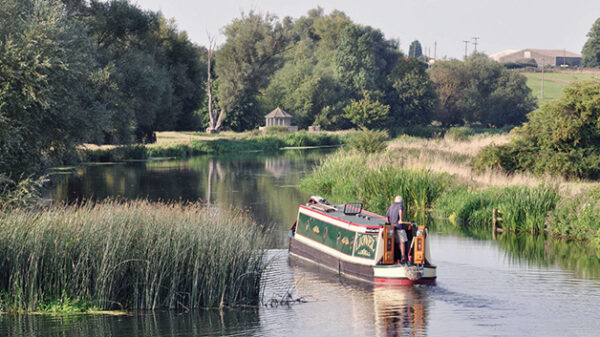From the Grand Union Canal to Crab’s Hole
Peterborough (31 miles inland) was the tidal limit until the lock and sluice were built at Dog-in-a-Doublet in 1937, a further five miles towards the sea. The Middle Level Navigations connect to the Nene at Stanground Lock, along a short arm from the river, just outside in Peterborough. There is also a 0.6 mile arm – The West Bridge Arm – in Northampton, for which there is no navigation authority and which has been kept navigable over the years by IWA’s Northampton Branch.
The first work to improve navigation on the River Nene began in the Middle Ages, and an Act to improve navigation on the river was passed in 1713, enabling Northampton to be reached from the sea by 1761. Fragmented management meant the Navigation remained in a poor state until 1931 when the Nene Catchment Board was established, with major improvements to the locks being undertaken during that decade. The Environment Agency is the current successor to that Board. The Port of Wisbech is navigation authority for the tidal section.




